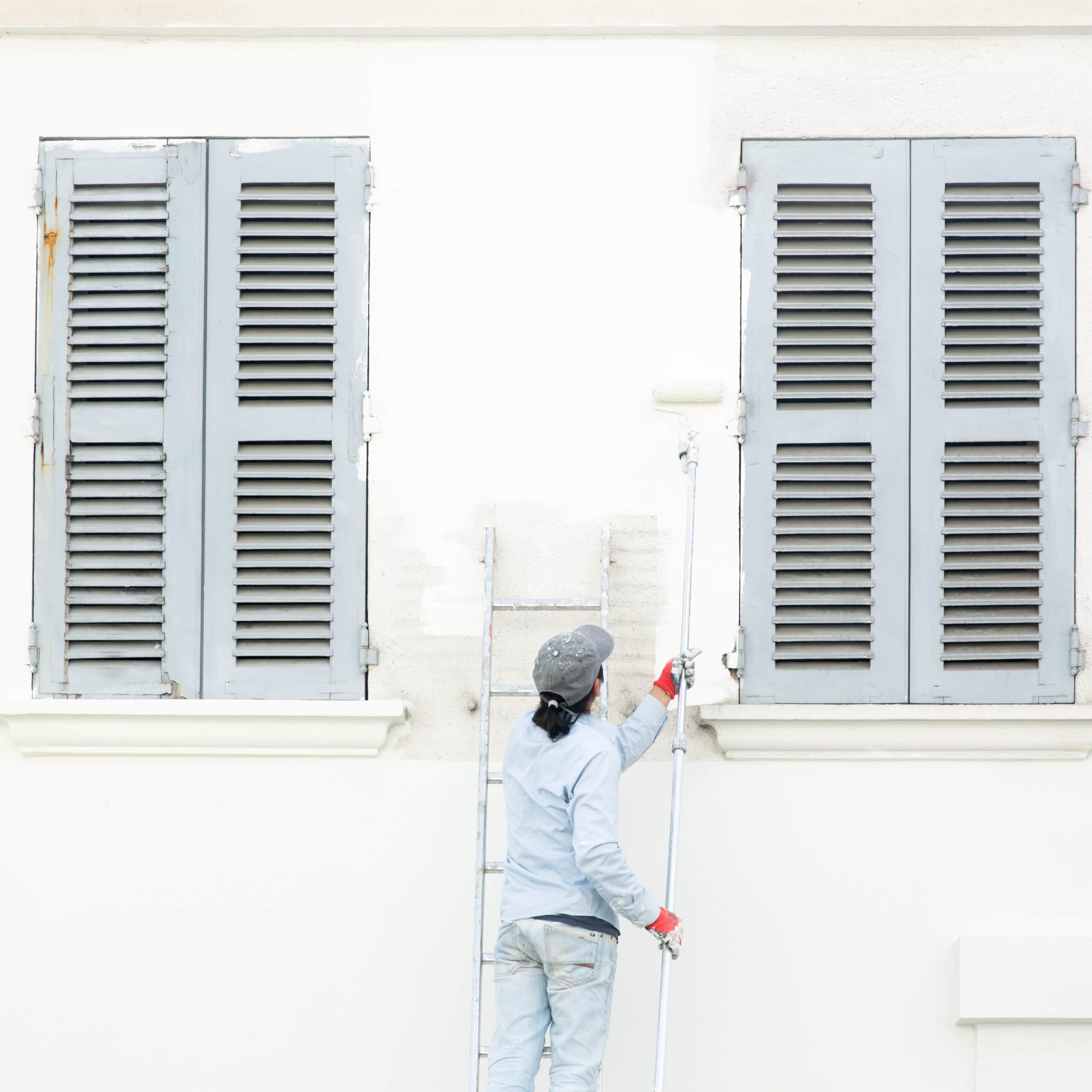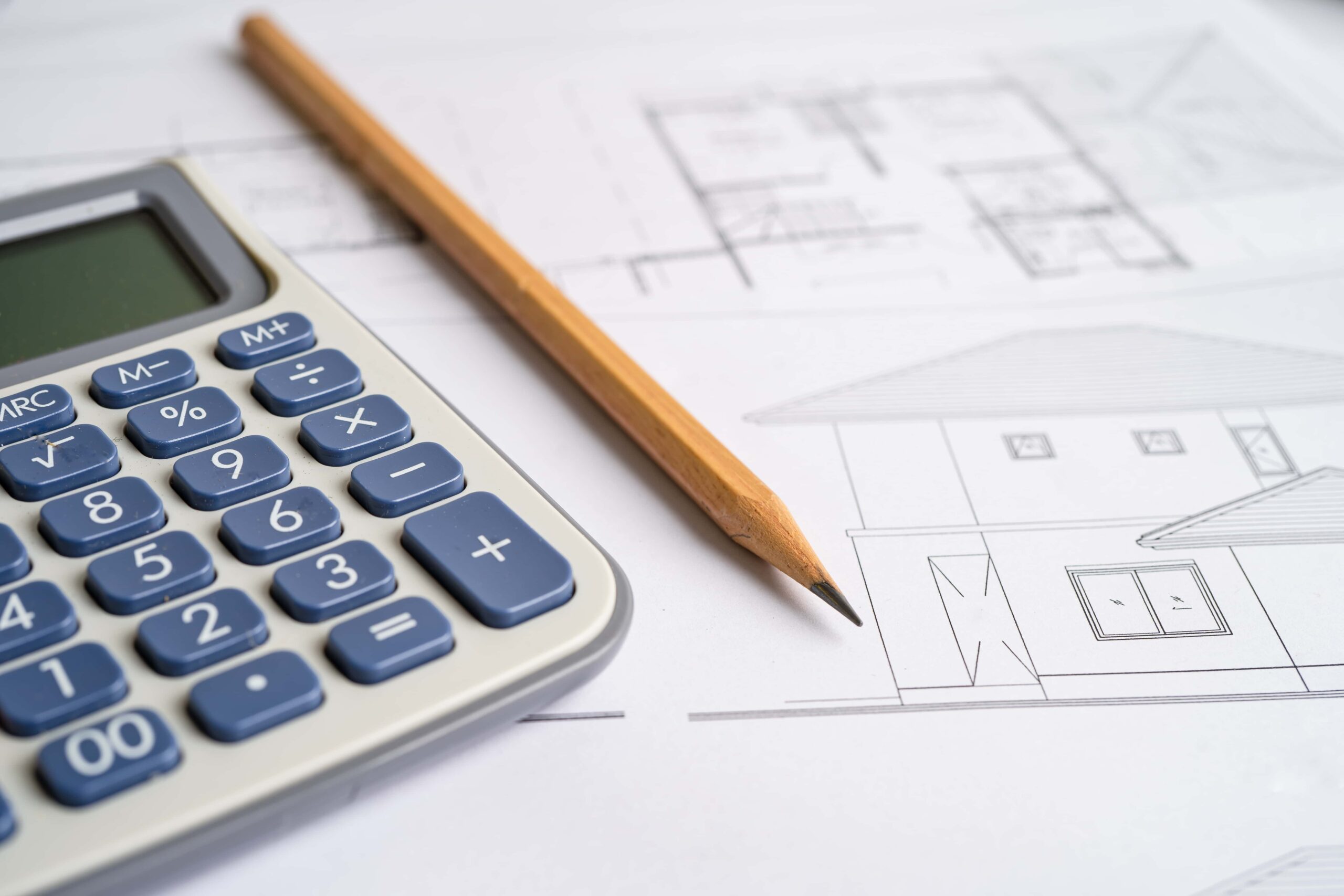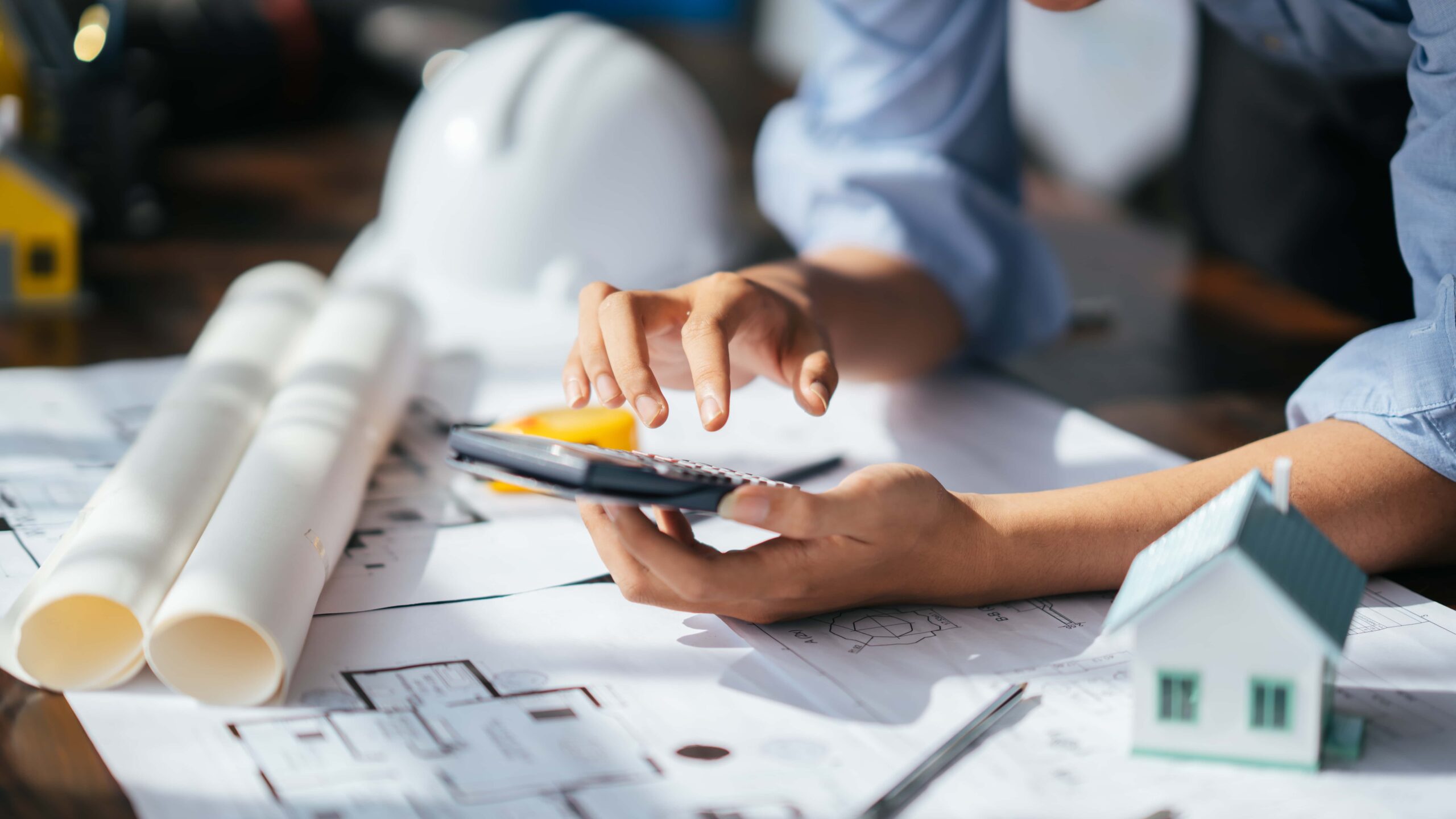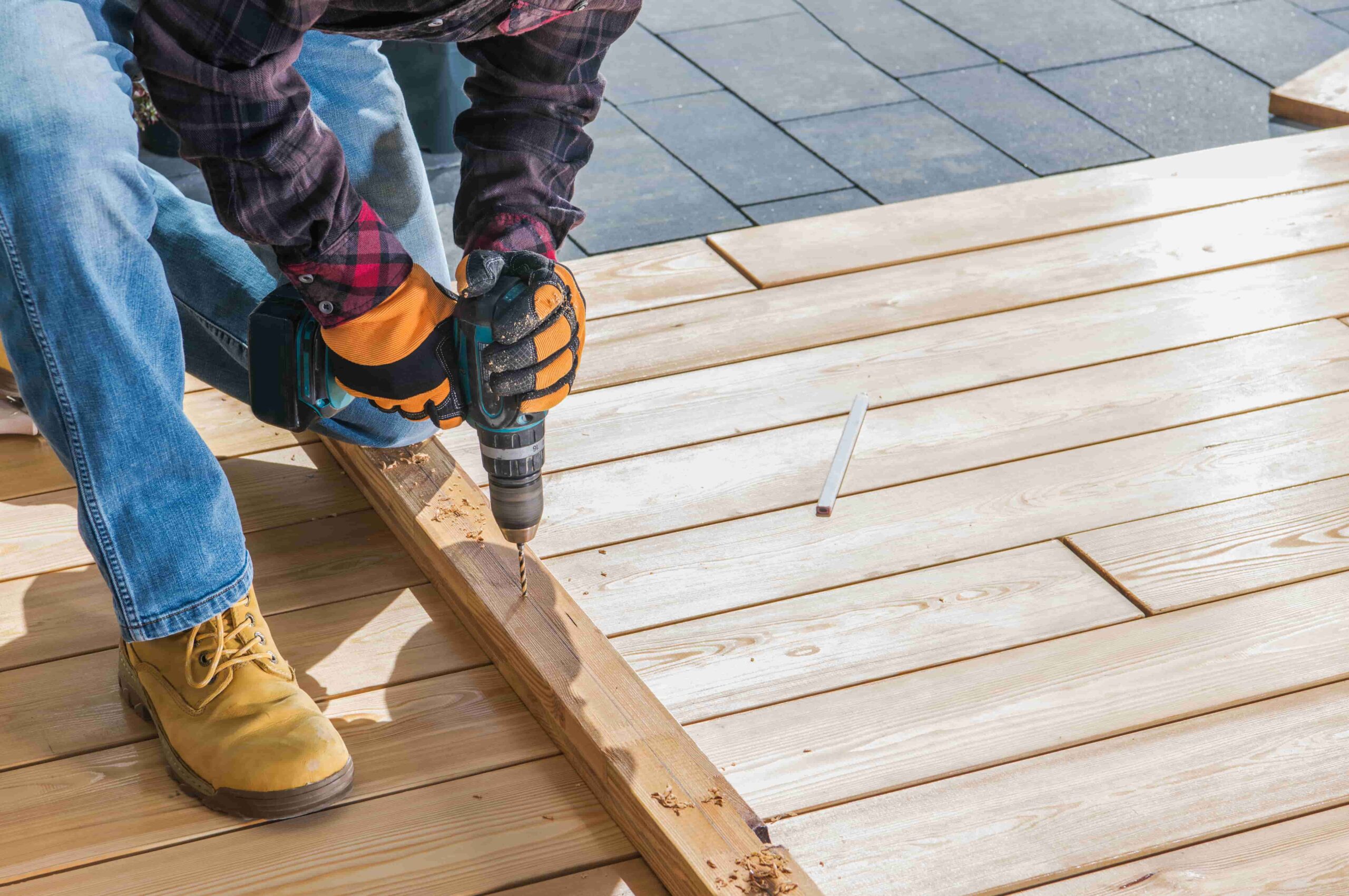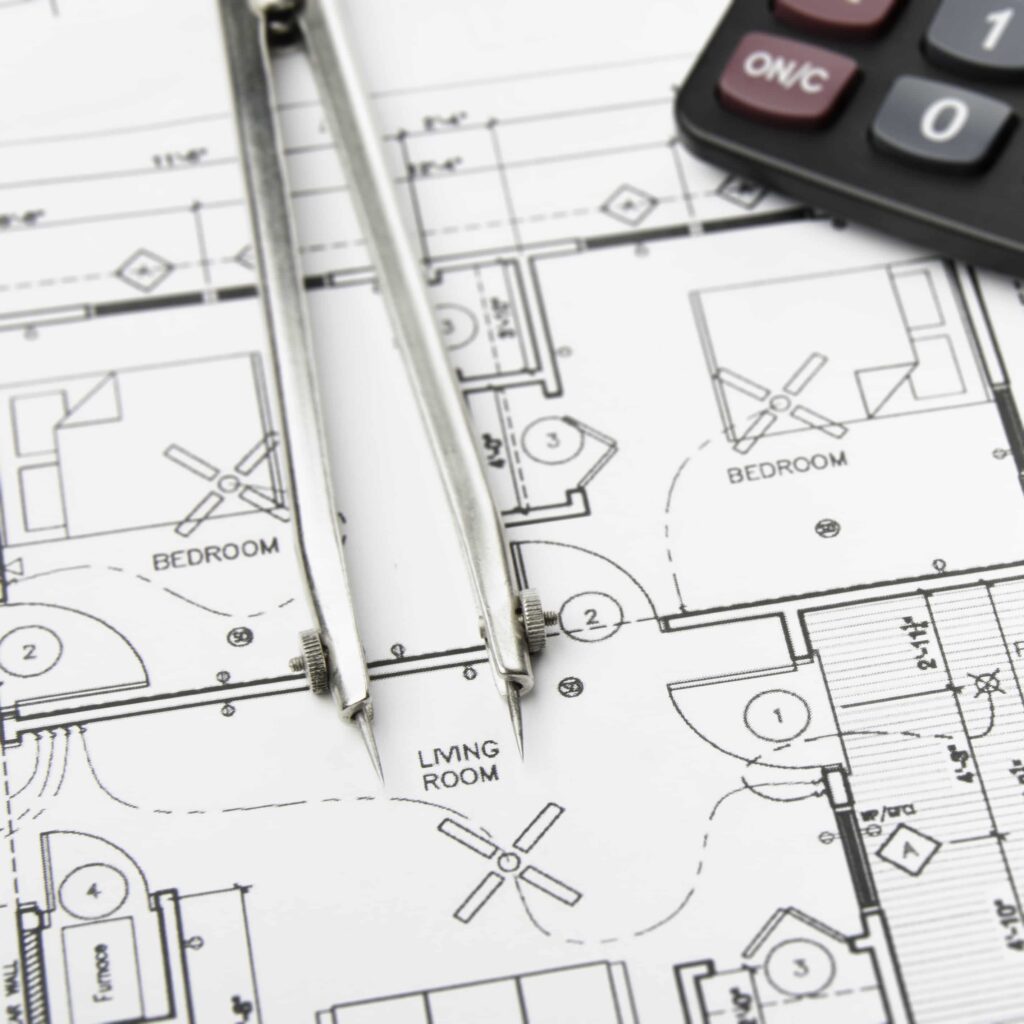
In construction, facade estimation plays a key role in budgeting and managing costs. The facade of a building not only defines its aesthetic appearance but also impacts energy efficiency, safety, and overall performance. In New York City, where material costs, labor rates, and building codes can vary, accurate facade estimation is critical for successful project completion.
At True Bid Data, we provide data-driven tools and insights to help streamline the facade estimation process. This article covers the key components involved in facade estimation and how you can enhance accuracy and efficiency in your construction projects.
Why Facade Estimation is Crucial for Construction Projects
Accurate facade estimation helps ensure that your project stays within budget and meets performance standards. Here are the key reasons why facade estimation is so important:
- Design and Material Choices: Facade designs in New York City can be complex, with varying materials such as glass, metal, and stone. Each material comes with distinct costs, and accurate estimation helps manage these costs effectively.
- Energy Efficiency: Facade systems must comply with New York City’s energy codes, which may require specific materials and installation methods. Estimation ensures these compliance requirements are met without overspending.
- Labor Costs: The cost of labor in New York City can be higher than in other regions. Specialized labor may be needed for complex facades, such as glass curtain walls or metal cladding, which increases costs.
- Regulatory Compliance: New York City’s building codes and regulations impact facade materials, installation methods, and energy performance. Accurate estimation takes these requirements into account.
Key Components of Facade Estimation
Several factors must be considered when estimating facade costs. Let’s explore the critical elements:
Facade Materials
The materials chosen for the facade will significantly impact the overall cost. Common materials include:
- Glass (e.g., curtain wall systems)
- Metal panels (e.g., aluminum, steel)
- Stone or masonry (e.g., granite, limestone)
- Wood and composite cladding
Each material has its own pricing structure and performance characteristics. For example, glass facades are typically used in high-rise buildings in New York City, offering modern aesthetics but at a higher cost.
Design Complexity
The complexity of the facade design can add to the overall cost. Buildings with intricate designs, such as curved facades or multi-layer systems, require more materials and specialized labor. New York City’s diverse architectural styles often feature custom facades, which increases both material and labor costs.
Labor and Installation Costs
Labor is a significant factor in facade estimation. The installation process may require skilled workers, such as glaziers, metalworkers, or masonry specialists. Additionally, the need for scaffolding or cranes for high-rise buildings in New York City can increase labor costs. It’s essential to factor in the current union and non-union labor rates in your estimate.
Regulatory and Code Compliance
New York City’s building codes, such as the Energy Conservation Code, impact the selection of materials and the installation process. Facades must meet specific performance standards for energy efficiency, fire resistance, and wind load. These regulations can drive up material and labor costs, which need to be accounted for in the estimate.
How True Bid Data Enhances Facade Estimation
At True Bid Data, we combine digital precision with local market insights to provide accurate facade estimates. Our workflow includes the following steps:
Step 1: Digital Takeoff from Plans
We extract facade measurements directly from architectural plans using tools like PlanSwift or Bluebeam. This allows us to determine the exact amount of material needed and calculate the total cost more accurately.
Step 2: Cost Calculation and Material Matching
Once we have the measurements, we match the materials and labor requirements with current pricing data. For New York City, we pull pricing from reliable sources like RSMeans and local suppliers, ensuring that the estimate reflects market rates.
Step 3: Market Benchmarking
We benchmark facade costs against similar projects in the same area to ensure competitive pricing. For example, we compare facade costs for buildings in Manhattan versus Brooklyn to reflect regional pricing variations.
Step 4: Risk Factors and Contingencies
We incorporate contingencies into the estimate to account for potential delays, price fluctuations, or unforeseen challenges. This helps ensure that your budget remains realistic and adaptable. Cladding Estimation Challenges in New York City
Facade Estimation Challenges in New York City
Facade estimation can be particularly challenging in New York City due to several factors:
- Custom Designs: Many buildings in New York City feature custom facades that require unique solutions, increasing both material and installation costs.
- Building Codes: Strict local regulations, such as those governing energy efficiency and fire safety, impact material selection and installation methods, often resulting in higher costs.
- Access Issues: Tall buildings or those in densely populated areas may require specialized equipment, such as cranes or scaffolding, which adds to labor costs and extends timelines.
Conclusion
Accurate facade estimation is essential for managing costs and ensuring the successful completion of construction projects in New York City. By carefully considering materials, design complexity, labor costs, and local regulations, you can create a detailed and reliable estimate for your project.
At TrueBidData, we provide advanced digital tools and data-driven insights to streamline the facade estimation process. With our expertise, you can ensure that your facade costs are accurately predicted, helping you stay within budget and complete your project on time. Whether you’re working on a high-rise or a historic renovation, accurate facade estimation is key to the success of your construction project.

